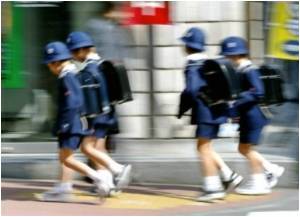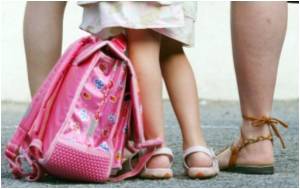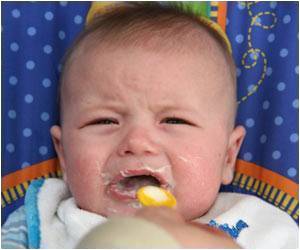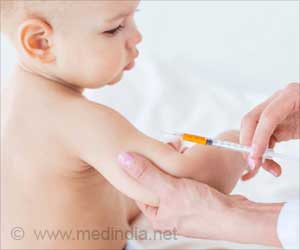
"This is the first time we've overviewed the research to see what individual and environmental characteristics predict the likelihood of becoming a bully, victim or both," said lead author Clayton R. Cook, of Louisiana State University.
"These groups share certain characteristics, but they also have unique traits. We hope this knowledge will help us better understand the conditions under which bullying occurs and the consequences it may have for individuals and the other people in the same settings. Ultimately, we want to develop better prevention and intervention strategies to stop the cycle before it begins," Cook added.
Cook and co-authors from the University of California at Riverside examined 153 studies from the last 30 years.
They found that boys bully more than girls, and bullies and victims both have poor social problem-solving skills. More than anything else, poor academic performance predicts those who will bully.
"A typical bully has trouble resolving problems with others and also has trouble academically. He or she usually has negative attitudes and beliefs about others, feels negatively toward himself/herself, comes from a family environment characterized by conflict and poor parenting, perceives school as negative and is negatively influenced by peers," said Cook.
Advertisement
The typical bully-victim (someone who bullies and is bullied) also has negative attitudes and beliefs about himself or herself and others, the study found.
Advertisement
The study has been published by the American Psychological Association.
Source-ANI









